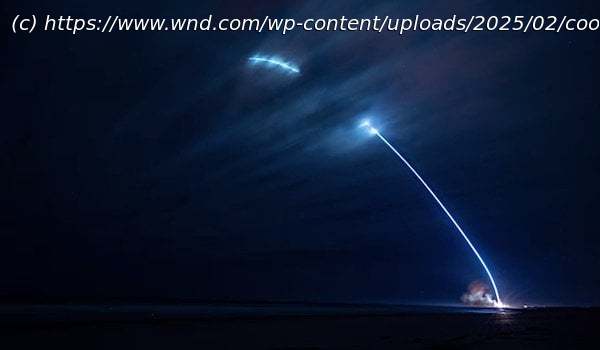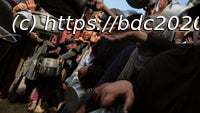Many ‚want to avoid entangling the USA in unnecessary foreign wars‘
Many Americans want to avoid entangling the USA in unnecessary foreign wars. They also want the government to spend money smartly. But given the serious nuclear and missile threats facing the United States, meeting such objectives will take clear thinking and smart strategy.
One new idea from research analysts at the CATO and Quincy Institutes to both save money and avoid wars is to stop the Golden Dome missile defenses now being proposed by the Administration.
These critics have adopted the strange idea that the U.S. will use a missile defense shield not to defend the country but to hide behind such defenses while making dangerous preparations for a first strike against the Russians and Chinese.
Years ago, this was described by Ploughshares Joe Cirincione as a “first the shield and then the sword” strategy. Such critics opposed even the Congressionally initiated limited shield of 44 interceptors the Bush administration deployed in California and Alaska twenty years ago to defend against missile attacks from states such as North Korea and Iran.
So, these missile defense critics are now standing reality on its head. The good guys—the United States—are really the bad guys. And nations whom we thought were evil— such as North Korea, Iran, Russia, and China—are now understandable, even benign—they may be planning to attack us but only because the “evil” U.S. is planning on building defenses.
Just so you understand, let me go over this again. For the United States, the critics now contend that building a defense would apparently be riskier than not building any defense at all. The United States would be making the world more dangerous because Russia, China, North Korea, and Iran, fearing the U.S. was planning to strike first, would plot to get in the first punch. So, to prevent such a pre-emptive strike, the United States has to make it easy for the bad guys to strike us first.
Now the critics’ logic is not clear, but apparently by eliminating any defense of our homeland from ballistic or cruise missiles in the first place, the bad guys would refrain from ever attacking us. Sort of a “peace through submission” strategy. Leave the U.S. at risk, totally vulnerable, as we can then rely on enemy totalitarian powers and their terrorist agents to solely decide whether to keep us safe. Strangely, on this the critics such as Joe Cirincione agree with China and North Korea—the Golden Dome says Pyongyang would be “highly dangerous” and “could be used for offensive purposes” while Beijing says Golden Dome will “start an arms race.”
The opponents also think the Golden Dome defenses won’t work because they assume the technology being sought will be based on the Israel Iron Dome missile defense technology. Even though Israel has successfully intercepted thousands of incoming missiles and rockets from Hamas and Hezbollah over many years, those destroyed targets have not been intercontinental ballistic missiles of hypersonic speed.
However, the Israeli accomplishments were still extraordinary. Its interceptors were able to shoot down rockets even updating their software in real time. Given the very limited number of terrorist rockets and missiles that have broken through Israel’s defenses, the coercive and blackmail nature of the terrorists weapons have been much diminished. Even though perfect protection isn’t possible, the central purpose of missile defenses was nonetheless achieved.
Critics, however, still insist that since the U.S. would probably be defending against much longer range missiles, Golden Dome cannot duplicate the Israeli success. And that high speed missiles coupled with decoys and counter measures can spoof a defense unlike shorter range rockets.
But to date tests show the missile defenses against long-range missiles succeed as high as seventy percent of the time, and against all missiles and rockets, even upwards of more than ninety percent in the real world. And unlike many critics, missile defense proponents such as Uzi Rubin, Hank Cooper and Trey Obering have actually directed the building of real-world workable missile defense systems including elements in space. Which are now deployed around the world. And with a technology now vastly more capable than when missile defenses such as SDI were first proposed.
Now is the United States shaking up international stability by building the Golden Dome? Actually, the United States has shown remarkable restraint in building only 44 missile interceptors to protect the continental United States. While also markedly reducing our deployed nuclear forces from near ten thousand strategic long range systems to 1550 under New START, while also in 1991 simultaneously and unilaterally eliminating over 90% of our theater nuclear systems.
Despite U.S. restraint, Russia and China have major dual use defenses deployed in far greater numbers than any U.S. systems. According to the Atlantic Council, “Russia’s and China’s extensive development of homeland missile defenses gives lie, to an extent, to [the] contention that U.S. missile defenses are uniquely destabilizing.” Further explains the Council, “Numerically extensive Russian and Chinese missile defenses… could alter the strategic-forces balance with the United States if not accounted for in U.






